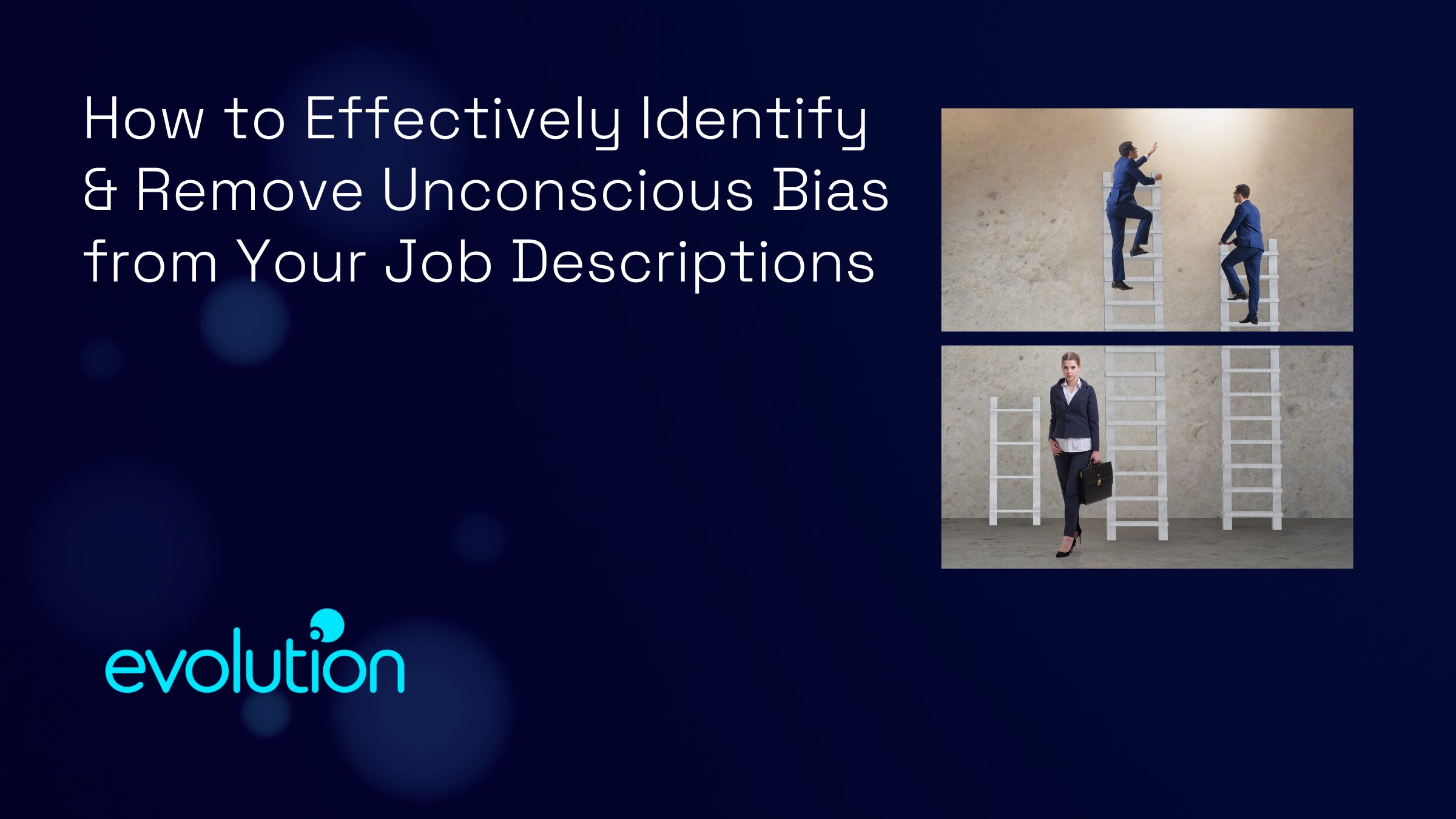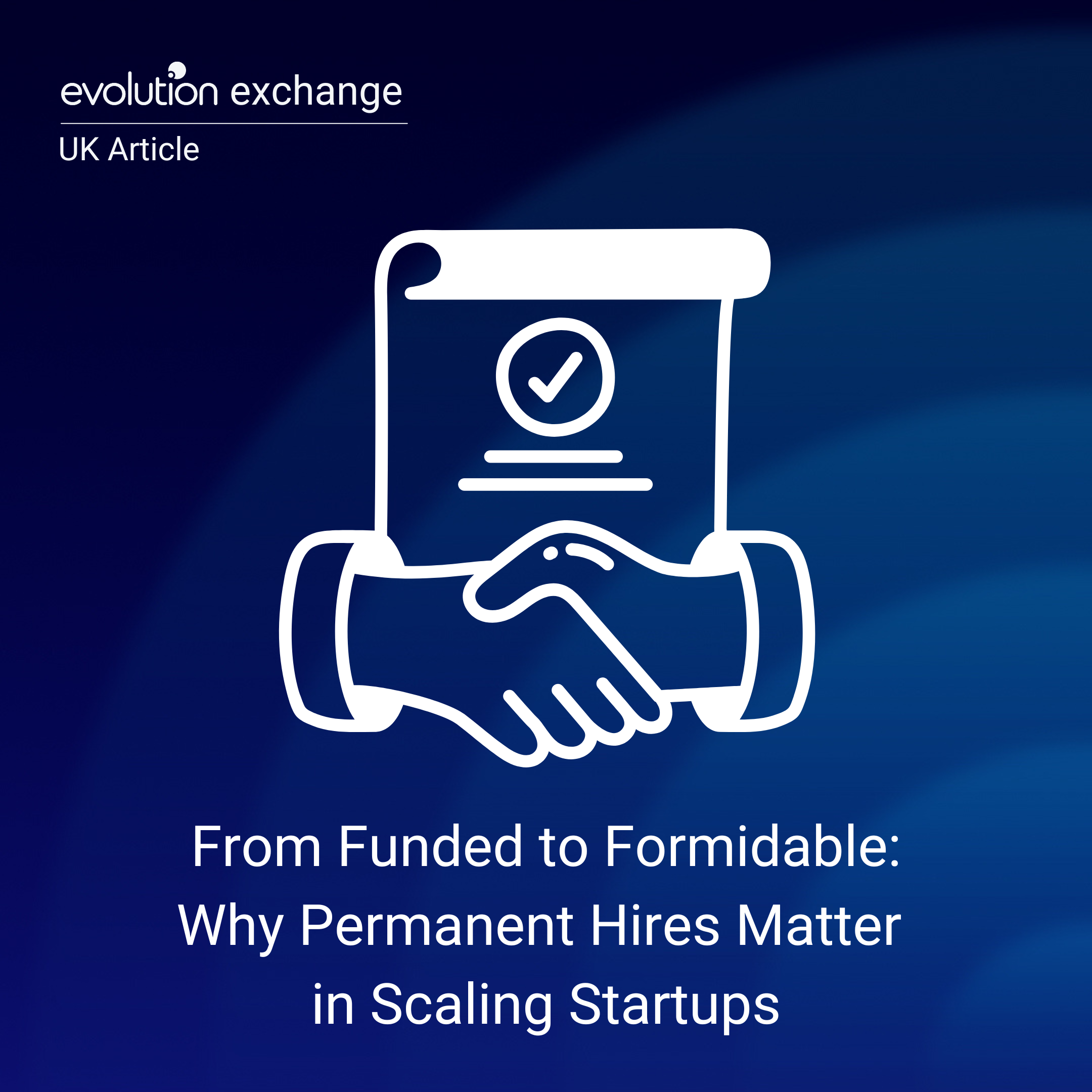How to Identify Bias
The first step in removing unconscious bias from your job descriptions is identifying it: a task more challenging than it seems, since most employers are genuinely ignorant to terms and approaches that limit their candidate pool. Below are a series of strategies to locate bias, and some indications of what this bias can appear like.
1) Use Bias Identification Tools
Many AI-based software resources are increasingly common for administration, including machine learning tools that can analyse text to determine unconscious bias. By using these rapidly-accessible toolkits, employers can remove bias like a spelling error, and use the opportunity for correction as a lesson on what these prejudices look like in practice.
2) Ask Employees or Colleagues for (Anonymous) Feedback
Similar to using an AI resource to detect bias, employers can easily turn internally to colleagues and employees. Opening the conversation to other stakeholders, even if anonymous, can contribute enormously to eradicating details that may be offensive or one-sided.
3) Ask Applicants for (Anonymous) Feedback
Beyond simply asking colleagues or employees for their opinion on a job description prior to its release, recruiters could request the feedback of any applicants. Establishing a dialogue with potential candidates who may scrutinise the listing is a transparent, receptive method of improving it, as doubtlessly the pool of job-hunters will include varying perspectives than just those employed by you.
4) Job Description as a First Impression
A job-seeker’s first indication of your business’s culture, attitude, and workplace environment is the job description itself. Treating this description with care and sensitivity is vitally important to avoid driving talented workers away. Details in the job description that imply an unconscious bias imply a deeper inequality in the workplace itself.
5) Educate Yourself
The most powerful way of identifying unconscious bias is learning your own. While relying on the help of others is effective, simply learning the nuances of your own writing or speech that are biassed is the best way of overcoming habitual prejudices that are potentially unknown to you.
How to Avoid Bias in Job Descriptions
Now having learned how to locate unconscious bias, there are more specific details that are integral in avoiding it. When focused on, these features can make the difference in making your job description equitable, approachable, and attractive to new applicants.
1) Check Pronouns and Titles
Including gender-specific terminology is a sure-fire way of driving a significant portion of job-seekers away: neutral terms such as ‘they’ should replace ‘he’ or ‘she’, in addition to more inclusive terms such as ‘team’ in place of the casual and biassed ‘guys’. Addressing people with their preferred pronouns is a sign of respect and inclusivity that requires practically no effort from the recruiter, and is a simple change to avoid unconscious bias.
2) Anonymise Job Applications
Further to making the description gender-neutral, you could even remove gender from the application process altogether. Applicant CVs can be anonymised prior to evaluation, meaning all decisions of rejection or acceptance are derived from the experience, presentation, and qualities of the applicant, and cannot be swayed by unconscious bias towards gender.
3) Careful Use of Vocabulary
Being aware of how some words are coded and socially interpreted is a detail at the crux of the avoidance of unconscious bias. This is much harder than using inclusive pronouns — instead, you must be conscious of how certain words (such as ‘aggressive’) are typically perceived as male-oriented, while other words (such as ‘nurturing’) are seen to be female-oriented. It is important to find terms not only realistically relevant to the role, but explicitly non-biased towards one specific group.
4) Wider Biases
While gender bias is the most prevalent, societally-ingrained form of unconscious bias in job descriptions, many descriptions are also prejudiced in terms of age, race, and disability. Including requirements that indicate a lack of cultural awareness (‘clean shaven’ instead of ‘professional appearance’), ageism (‘digital native’ instead of ‘capable in xyz software’), or ableism (seeking ‘able-bodied individuals’) are factors of significance when attempting to avoid unconscious bias, and must be edited or removed.
5) Acknowledge Unconscious Bias
It can be as simple as adding a sentence or two to the bottom of the job description: the resolution that you are taking strides to eliminate bias from your recruitment process, and that if job-seekers have any comments that may help to improve that, you are listening openly. This kind of frank honesty can be seriously refreshing for those on the job-hunt, and may help provide more information on how to further overcome your unconscious bias.
Summary
Unconscious bias is instinctive, habitual, and non-purposeful – yet recruiters must make the effort to correct it, to both the benefit of the employer, and the employee. No employee wants to work for a business that doesn’t take the time to respect them, or even seem to consider them. A job listing free of unconscious bias is a much more attractive prospect to all potential applicants, and offers a positive environment for connecting equitable employers with the perfect person for the position.































